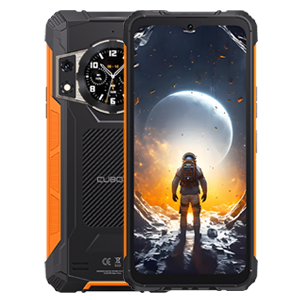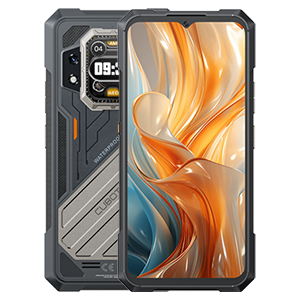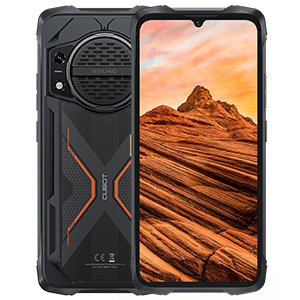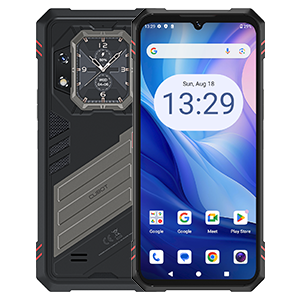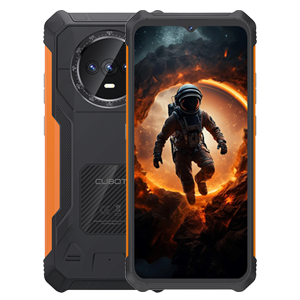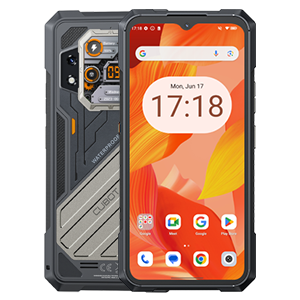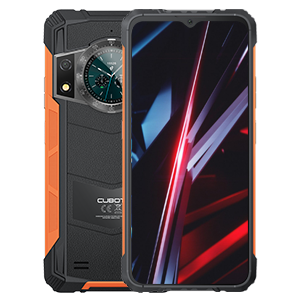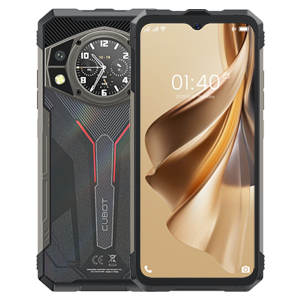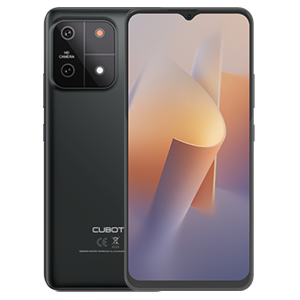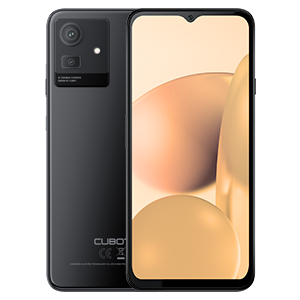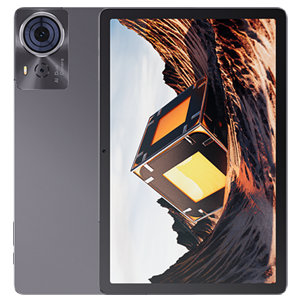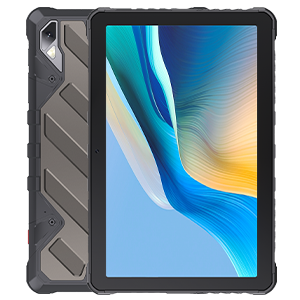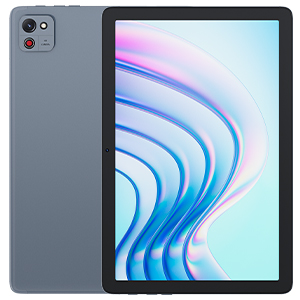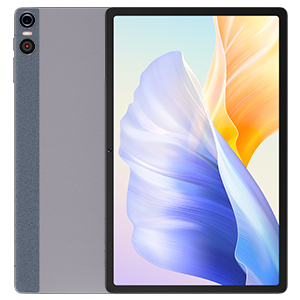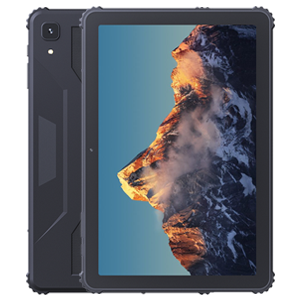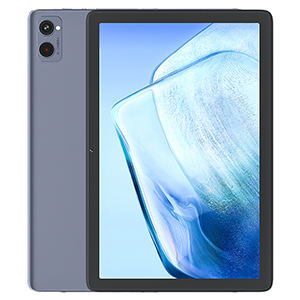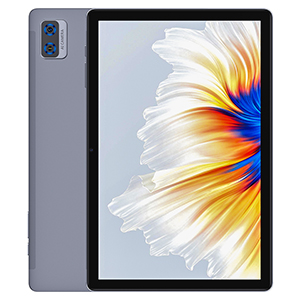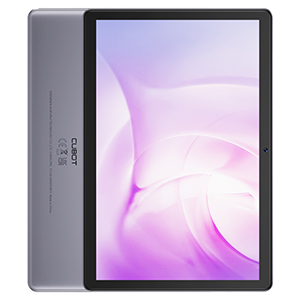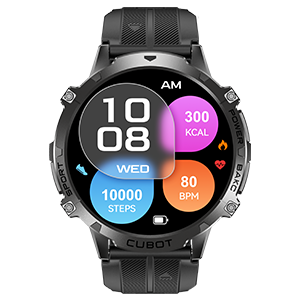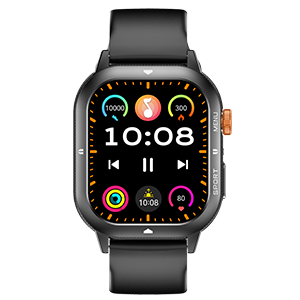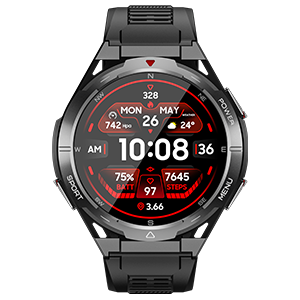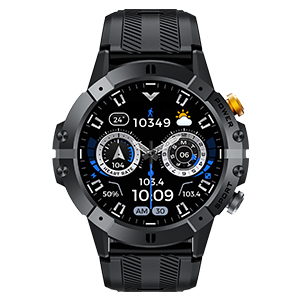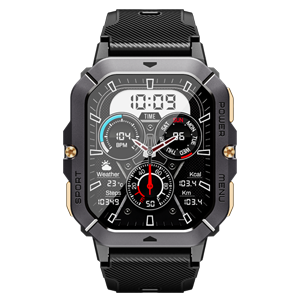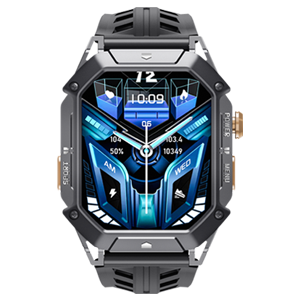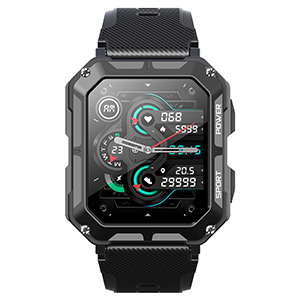Introduction
Smartphones are an essential part of daily life, but water, dust, and extreme environments can quickly destroy most devices. That’s where rugged phones come in. Built to withstand harsh conditions, these devices use advanced engineering to stay waterproof and dustproof. But how exactly do they resist damage? Let’s dive into the science behind rugged phone protection.
How Waterproofing Works in Phones
Sealed Housing & Gaskets
Rugged phones are designed with sealed enclosures that prevent water from entering. They use:
Rubber gaskets around buttons, SIM trays, and charging ports to block water.
Precision-sealed seams to prevent even the smallest water droplets from penetrating.
Special adhesives to reinforce screen and body joints, ensuring no leaks.
Nano-Coatings: A Protective Shield
Many rugged devices use a hydrophobic nano-coating, which repels water at a molecular level. This invisible layer ensures that even if water touches the phone’s internal components, it won’t cause electrical damage.
How Do Phones Survive Underwater?
Phones rated IP68 can withstand submersion in 1.5 meters of water for 30 minutes, while IP69K devices resist high-pressure water jets. Their waterproofing is tested through:
Submersion tests – Placed in tanks to verify real-world durability.
Spray tests – Exposed to water jets from different angles to ensure no weak points.
The Science of Dustproofing
Microscopic Protection Against Particles
Dust and sand can damage a phone by getting inside the buttons, speaker grilles, and charging ports. Rugged phones prevent this using:
Ultra-fine mesh covers over openings to block particles while allowing sound and airflow.
Tightly sealed SIM & charging ports to prevent dust buildup.
IP68/IP69K certification, ensuring no dust enters the internal components.
Why Dustproofing Matters
Regular smartphones struggle in environments like construction sites, deserts, or beaches, where fine dust can clog buttons and damage circuits. Rugged phones ensure:
No performance loss in dusty conditions.
No debris build-up inside charging ports or buttons.
Full protection even in muddy or sandy environments.
Extreme Conditions? No Problem!
Rugged devices don’t just resist water and dust; they’re also built for shock resistance, extreme temperatures, and high-pressure environments.
Reinforced frames protect against drops.
Temperature-resistant materials keep phones functioning in freezing cold or scorching heat.
MIL-STD-810H testing ensures the phone survives vibrations, humidity, and thermal shocks.

Conclusion
Water and dust are a smartphone’s worst enemies, but rugged phones use advanced technology to resist them. Whether you're an outdoor adventurer, a construction worker, or simply need a tough device, choosing a phone with IP68, IP69K, and MIL-STD-810H certifications ensures reliability in any environment.

